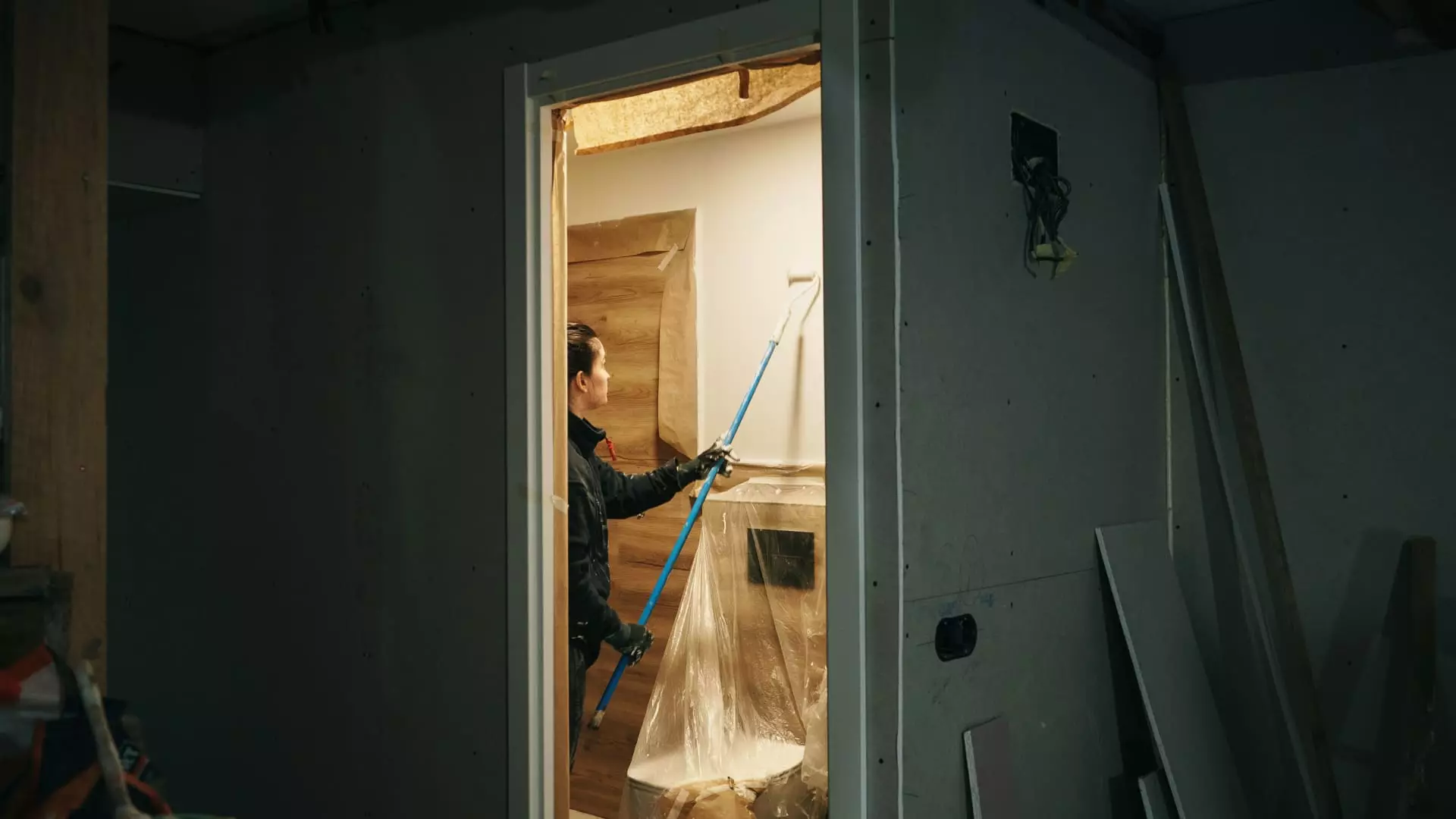The current state of real estate flipping reveals a deeper collapse lurking beneath the surface—one that many investors and industry observers are either willfully ignoring or utterly blind to. The so-called resilience of the fix-and-flip market is a mirage. While headlines and optimistic forecasts may portray a steady, profitable landscape, the harsh reality confronts us: soaring costs, diminishing demand, and a fragile economy threaten to destabilize this segment of the housing market permanently. It is no exaggeration to say that the market’s recent declines are not merely cyclical blips but symptoms of systemic issues that could bring about a broader downturn if left unchecked.
The overconfidence that characterized the early pandemic surge has faded; reality has set in, exposing fundamental weaknesses that investors are unwilling—or unable—to confront. Increasing interest rates, rising labor and material costs, and a contracting labor force are creating a perfect storm that jeopardizes not only individual flip projects but the entire premise of quick-turnaround real estate investments. The data is clear: the second quarter saw a contraction compared to the prior period, with confidence among investors waning. When less than a third of flippers report “good” sales, it signals a chilling shift away from profitability toward caution, and perhaps even abandonment.
Cost Inflation and Supply Glut: The Death of Quick Flip Economics
One of the most glaring flaws in the current flipping landscape is how record-high material and labor costs are eroding profit margins. While some industry voices may insist that the return on investment remains stable, beneath that superficial veneer lies a different story. Rising costs have been met with a market adjusting at a glacial pace, with prices stagnating and even falling in some regions. The phrase “housing market correction” is not hyperbole but an emerging trend rooted in hard data: the national increase in home prices has slowed to a crawl, with some markets experiencing outright declines.
This does not bode well for flip investors who have relied on rapid turnovers in past years. The traditional model of buying low, renovating rapidly, and selling high is increasingly fragile under these conditions. As the supply of homes—both new and existing—grows, competition for deals intensifies, leaving fewer attractive targets. The presence of more homes sitting on the market means longer sales timelines and diminishing profit margins, exacerbated by rising resale inventories. The myth of quick, high-yield flips is crumbling beneath the weight of economic realities.
The Geographical Nightmare: Overheated Markets Falling Apart
Certain regions, once considered bastions of flipping profitability, are now revealing their vulnerabilities. Florida, Northern California, and the Southwest, regions that thrived during the pandemic-era housing boom, are now confronting sluggish markets and rising competition from homebuilders seeking to capitalize on these same zones. Increased resale supplies and stiff competition are pushing flippers into a corner, forcing them to accept lower margins or walk away entirely.
Moreover, these markets face additional headwinds, such as increased insurance costs and declining home prices—factors that paint an ominous future for investors betting on continued appreciation. The once-hot markets are now cooling faster than politicians can spin good news, leaving flippers with overpriced inventory and declining prospects for reselling at desirable margins. It is a stark warning sign that the artificial inflation of some markets is unsustainable.
A Cultural Shift: Losing the Professional Flipper
The current environment is also seeing a psychological shift among seasoned investors. Once-robust professionals are now pulling back, becoming more select, more conservative. This change is driven by the realization that the “buy and flip” model does not work as seamlessly as it did in previous years. The risk of capital being tied up for longer periods—by as much as a month longer per transaction—has a tangible impact not only on individual profitability but also on the entire cash flow cycle.
The decrease in transaction velocity combined with an environment of economic uncertainty is steering away the more aggressive investors from the market altogether. Instead, they are becoming more cautious, ensuring that each deal aligns tightly with conservative ROI targets. This restraint is a harbinger of a more cautious, less exuberant market—one that might struggle to regain its previous growth trajectory unless new catalysts emerge.
The Politics of Housing: Regulatory and Economic Headwinds
Underlying all these issues are broader political and economic forces that are fundamentally reshaping the landscape. Stricter immigration enforcement and heightened labor shortages—especially within construction and trades—are hampering the supply chain. Meanwhile, rising insurance costs and tighter lending standards from cautious lenders dictate an environment where only the most prepared and financially resilient can participate effectively.
This regulatory atmosphere, combined with economic uncertainty, is discouraging risky bets. Flippers face an environment where their traditional margin for error has all but vanished, forcing a recalibration of expectations or, perhaps, the end of the boom altogether. Without fundamental changes—either in policy, supply chain management, or economic stability—the market risks spiraling toward a downturn that could undermine the principles underpinning residential real estate investment.
Our industry’s cherry-picking, overly optimistic narrative ignores these mounting risks at our peril. Far from being a resilient pillar of the economy, the fix-and-flip segment today is riddled with vulnerabilities, and ignoring their significance is a strategic mistake that could lead to widespread losses across the sector.


Leave a Reply